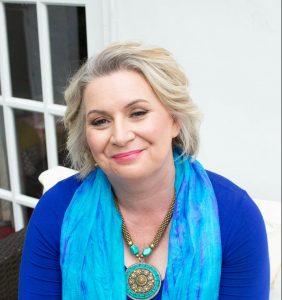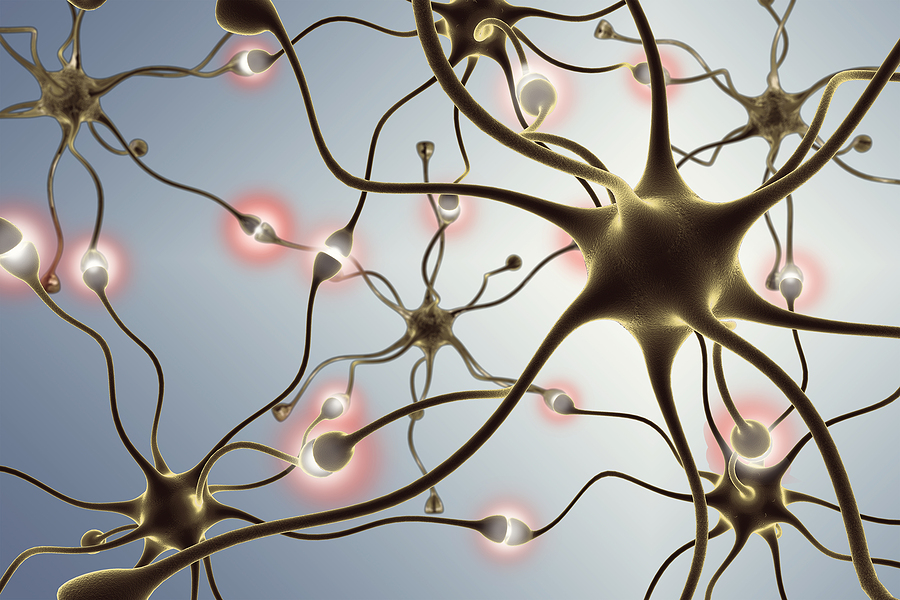The spiritual path isn’t about transcending your humanity—it’s about integrating it so completely that your human experience becomes a vehicle for divine expression.
For years, I thought I was spiritually advanced. I meditated daily, studied consciousness frameworks, and could speak fluently about non-dual awareness and higher states of consciousness. I was teaching others about spiritual development and felt confident in my understanding of the path.
But I was living in what I now recognize as spiritual bypassing—using spiritual concepts and practices to avoid dealing with my unhealed wounds, unprocessed emotions, and unconscious patterns. I was transcending my humanity rather than integrating it.
The wake-up call came during what I thought would be a routine coaching session with a client. She was describing her struggles with anger and resentment toward her ex-husband, and I found myself getting increasingly irritated with her “resistance” to forgiveness and “attachment” to her story.
I gave her what I thought was wise spiritual guidance about letting go, choosing love over fear, and recognizing that her ex-husband was just reflecting her own unconscious patterns. But instead of feeling grateful for my wisdom, she looked at me with a mixture of hurt and frustration.
“You’re not really hearing me,” she said quietly. “You’re trying to fix me with your spiritual concepts instead of just being present with my pain.”
Her words hit me like a lightning bolt. She was absolutely right. I wasn’t present with her experience—I was trying to transcend it, to bypass the messy human reality of her hurt and anger with spiritual platitudes.
The Spiritual Bypassing Recognition
That session forced me to look honestly at my own spiritual practice and teaching. I realized I had been using spirituality as a sophisticated defense mechanism against my own unhealed wounds and uncomfortable emotions.
The Signs I Had Been Missing:
Emotional Avoidance: Whenever I felt anger, sadness, or fear, I would immediately try to “transcend” it through meditation or spiritual reframing rather than actually feeling and processing the emotion.
Premature Forgiveness: I would rush to forgive people who had hurt me without actually processing the hurt, which meant the forgiveness was superficial and the wounds remained unhealed.
Spiritual Superiority: I subtly judged people who were “stuck” in emotional patterns or “attached” to their stories, seeing myself as more evolved because I could detach from such “lower” concerns.
Relationship Avoidance: I avoided deep intimate relationships because they brought up too many uncomfortable emotions and patterns that challenged my spiritual self-image.
Teaching from Concepts: My teaching was based more on intellectual understanding and spiritual concepts than on embodied wisdom and lived experience.
The Shadow Work Initiation
Recognizing my spiritual bypassing was just the beginning. The real work was learning to face and integrate the shadow aspects of myself that I had been avoiding through spiritual transcendence.
I began working with a therapist who specialized in spiritual integration, and she immediately saw through my spiritual defenses. In our first session, she asked me a simple question that shattered my carefully constructed spiritual identity:
“When was the last time you cried?”
I couldn’t remember. Not because I was so blissful and peaceful, but because I had trained myself not to feel deeply enough to cry. I had equated emotional expression with spiritual immaturity.
The shadow work that followed was the most challenging and transformative period of my life. I had to face:
My Rage: Years of suppressed anger at my parents, ex-partners, and life circumstances that I had “spiritually processed” but never actually felt and expressed.
My Grief: Deep sadness about losses, disappointments, and dreams that had died, which I had bypassed with spiritual concepts about “everything happening for a reason.”
My Fear: Terror about intimacy, failure, and death that I had covered with spiritual beliefs about fearlessness and surrender.
My Shame: Deep shame about my sexuality, my needs, and my human limitations that I had tried to transcend through spiritual practices.
My Loneliness: Profound loneliness from years of avoiding genuine intimacy in favor of spiritual connection and teaching relationships.
The Integration Process
Learning to integrate my shadow wasn’t about becoming less spiritual—it was about becoming more authentically spiritual. It was about learning to bring consciousness to my human experience rather than trying to escape from it.
Phase 1: Emotional Archaeology I had to excavate years of buried emotions and unprocessed experiences. This meant: – Allowing myself to feel anger without immediately trying to transform it – Crying the tears I had been holding back for years – Expressing rage in safe, therapeutic settings – Grieving losses I had “spiritually processed” but never actually mourned
Phase 2: Pattern Recognition I had to recognize the unconscious patterns that spiritual bypassing had allowed me to avoid: – My tendency to intellectualize emotions rather than feel them – My pattern of leaving relationships when they got too real or challenging – My use of spiritual teaching as a way to maintain emotional distance – My addiction to being seen as wise and evolved rather than human and vulnerable
Phase 3: Relationship Healing I had to learn to bring my spiritual awareness into actual human relationships: – Having difficult conversations I had been avoiding – Setting boundaries based on my actual needs rather than spiritual ideals – Allowing others to see my struggles and imperfections – Learning to receive support and love rather than always being the giver
Phase 4: Embodied Practice I had to develop spiritual practices that included rather than transcended my humanity: – Meditation that welcomed all emotions rather than seeking to transcend them – Prayer that included my human needs and desires – Service that came from genuine care rather than spiritual obligation – Teaching that shared my struggles and learning process rather than just my insights
The Relationship Revolution
The most profound changes came in my relationships. As I stopped using spirituality to avoid intimacy, I began to experience connection at levels I had never imagined possible.
With My Partner: Instead of trying to maintain a spiritually evolved persona, I began sharing my fears, insecurities, and needs. This vulnerability created a depth of intimacy that all my spiritual practices had never achieved.
With My Family: I stopped trying to “heal” my family relationships through forgiveness and detachment, and instead began having honest conversations about our history and patterns. This led to genuine healing rather than spiritual bypassing.
With My Clients: I began bringing my full humanity to my coaching work—sharing my struggles, admitting when I didn’t know something, and being present with their pain rather than trying to fix it. This made my work infinitely more effective.
With My Friends: I stopped being the “spiritual teacher” in my friendships and began being a real friend—someone who could be vulnerable, ask for support, and share in both joy and struggle.
The Teaching Transformation
My approach to teaching spiritual development was completely transformed by this integration process:
Before Integration: – Teaching from concepts and frameworks – Maintaining a teacher-student hierarchy – Focusing on transcendence and detachment – Avoiding personal vulnerability – Emphasizing spiritual practices over human development
After Integration: – Teaching from lived experience and embodied wisdom – Creating collaborative learning environments – Focusing on integration and embodiment – Sharing personal struggles and learning process – Emphasizing the integration of spiritual and human development
The Ongoing Journey
Shadow integration isn’t a one-time process—it’s an ongoing practice of bringing consciousness to whatever aspects of myself I’m tempted to avoid or transcend.
Current Practices: – Regular therapy to continue processing unconscious patterns – Emotional expression practices to stay connected to my feelings – Vulnerability practices in relationships to maintain intimacy – Body-based practices to stay grounded in my humanity – Shadow work practices to continue integrating disowned aspects
Ongoing Challenges: – The temptation to return to spiritual bypassing during difficult times – Balancing spiritual awareness with emotional expression – Maintaining vulnerability while still being of service to others – Integrating new shadow material as it arises – Teaching integration while continuing to learn it myself
The Paradox of Embodied Awakening
The paradox I discovered is that true spiritual awakening doesn’t transcend humanity—it fully embraces it. When you stop trying to escape your human experience and instead bring complete consciousness to it, your humanity becomes a vehicle for divine expression.
Embodied Awakening Includes: – Feeling emotions fully while maintaining awareness – Having human needs and desires while staying connected to purpose – Making mistakes and learning from them without losing spiritual connection – Being vulnerable and imperfect while still serving others – Experiencing the full spectrum of human experience as sacred
The Integration Teaching
Now when I work with clients who are spiritually bypassing, I can recognize it immediately because I’ve been there myself. I can help them understand that:
• Spiritual development includes rather than transcends emotional development
• True detachment comes from full engagement, not avoidance
• Forgiveness is a process that requires feeling and processing hurt first
• Service is most effective when it comes from integrated wholeness rather than spiritual idealism
• The goal isn’t to become less human but to become more consciously human
The Gifts of the Shadow Journey
Going through this integration process gave me gifts I never could have received through spiritual bypassing:
Authentic Compassion: Real empathy for human struggle rather than spiritual superiority Genuine Intimacy: The ability to connect deeply with others through shared vulnerability Embodied Wisdom: Teaching from lived experience rather than conceptual understanding Integrated Service: Helping others from wholeness rather than spiritual inflation True Freedom: Liberation that includes rather than escapes human experience
The spiritual path isn’t about becoming perfect—it’s about becoming whole. And wholeness includes everything: the light and the shadow, the transcendent and the human, the awakened and the still-learning.
My journey from spiritual bypassing to embodied awakening taught me that the most profound spiritual development happens not when we transcend our humanity, but when we learn to inhabit it so fully and consciously that it becomes transparent to the divine. The goal isn’t to become a perfect spiritual being having a human experience—it’s to become a perfectly human being having a spiritual experience.







